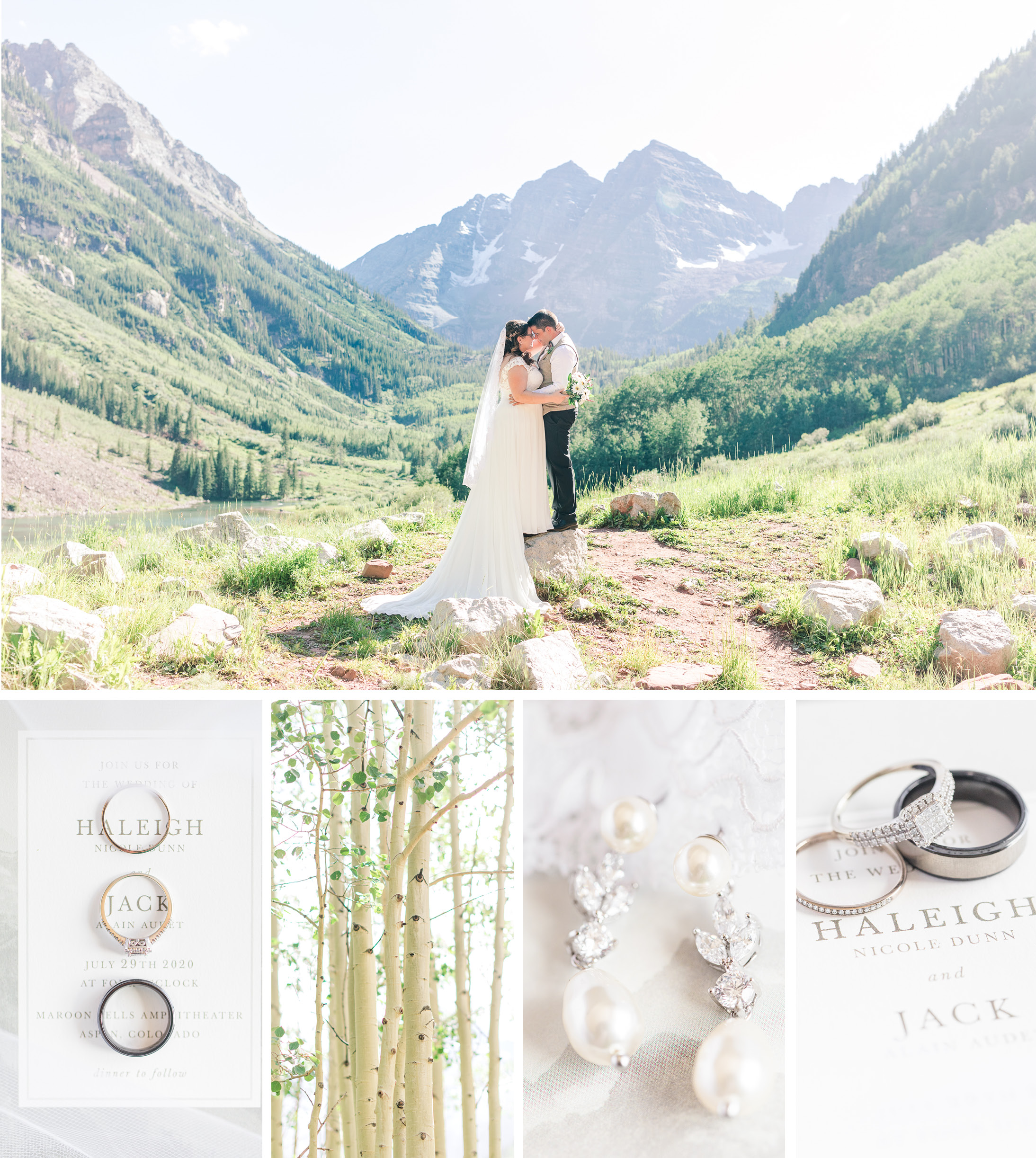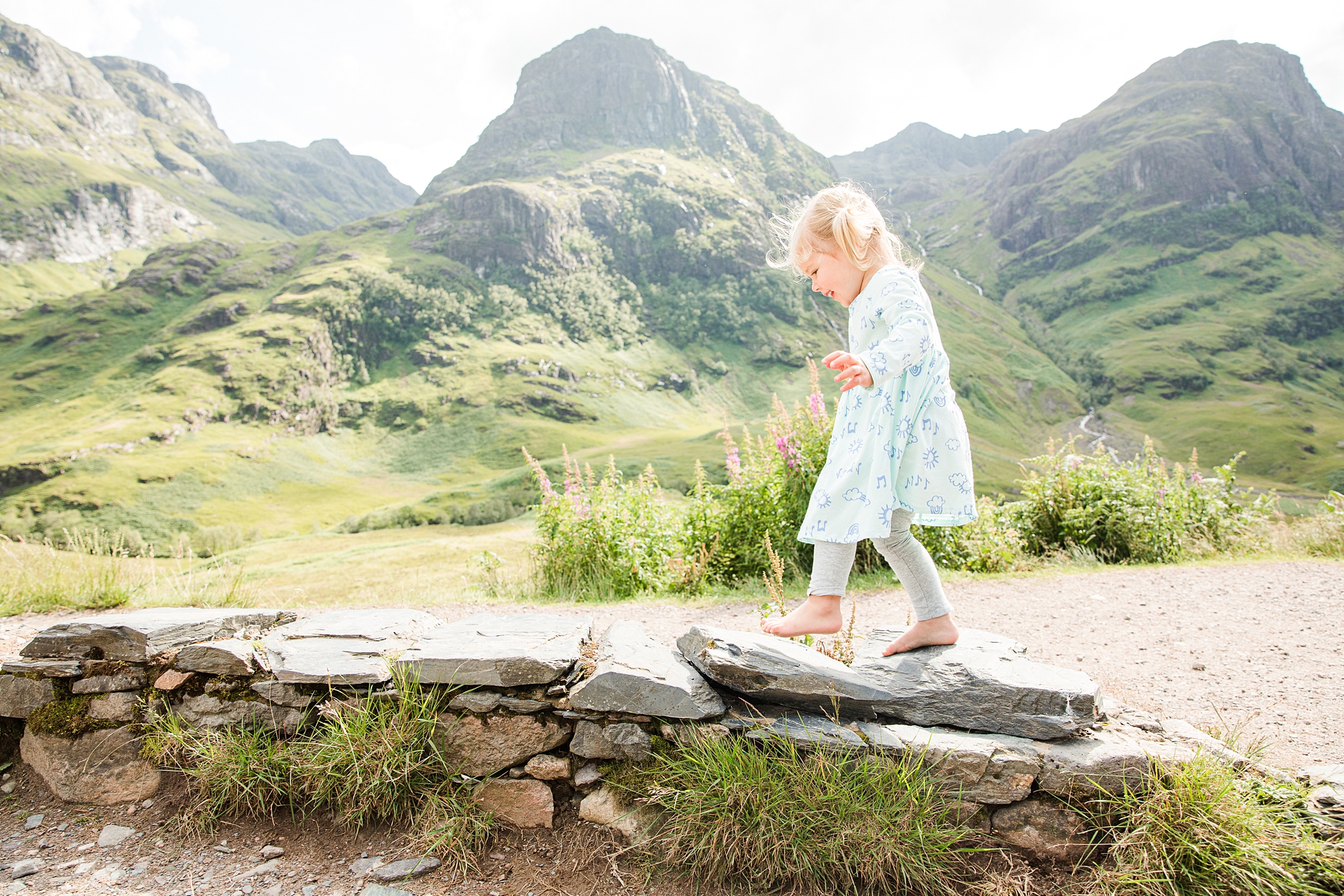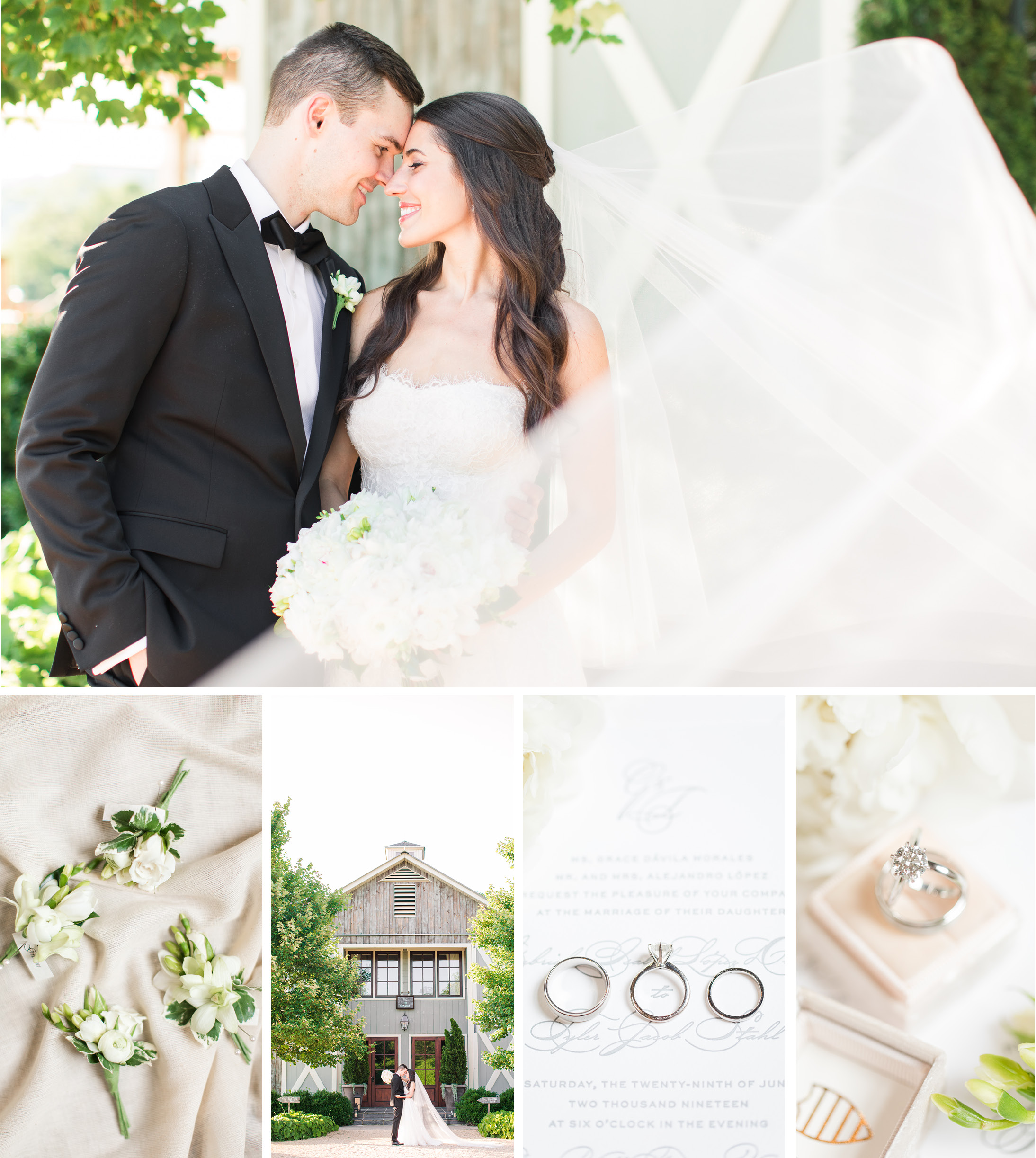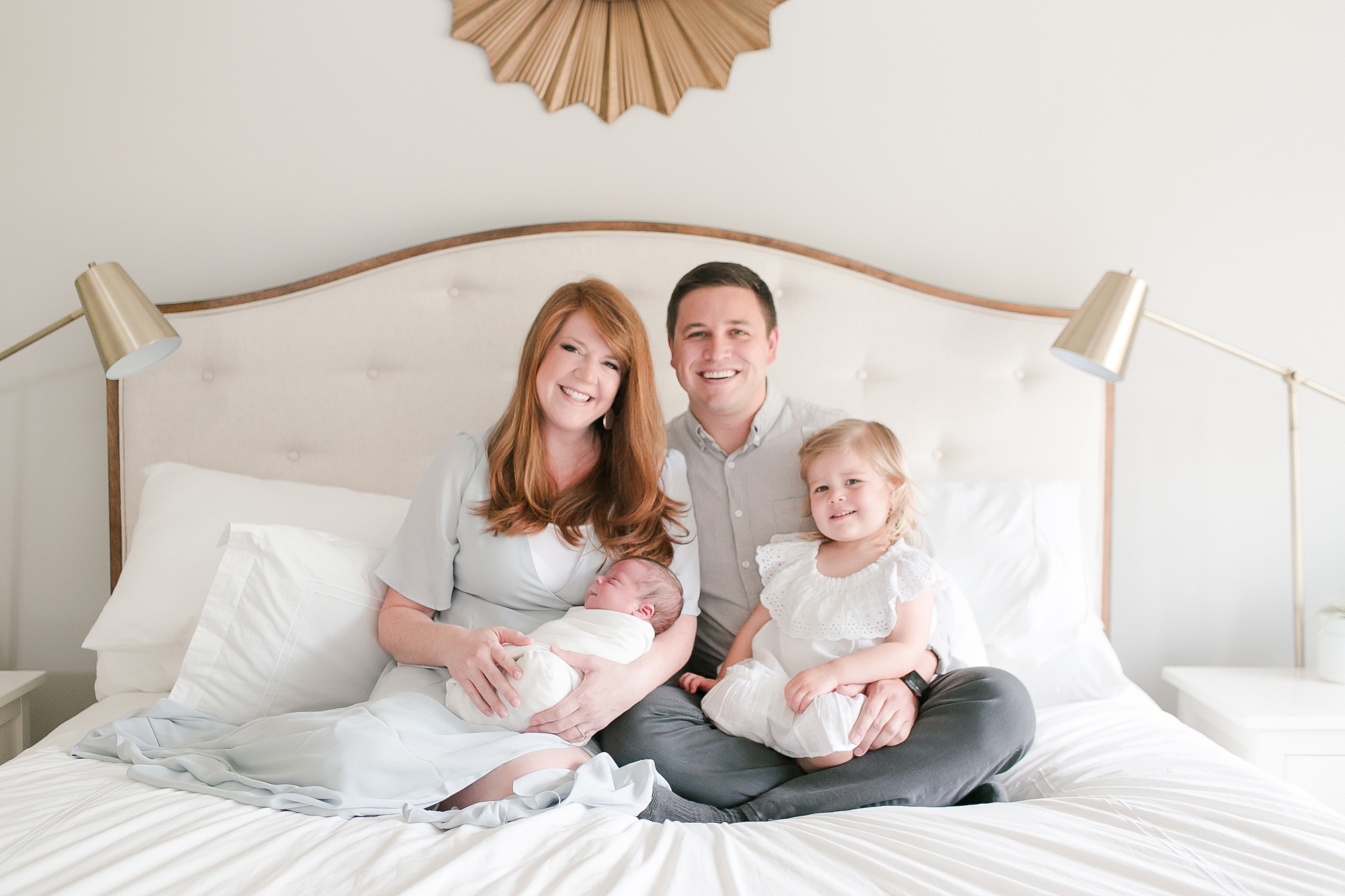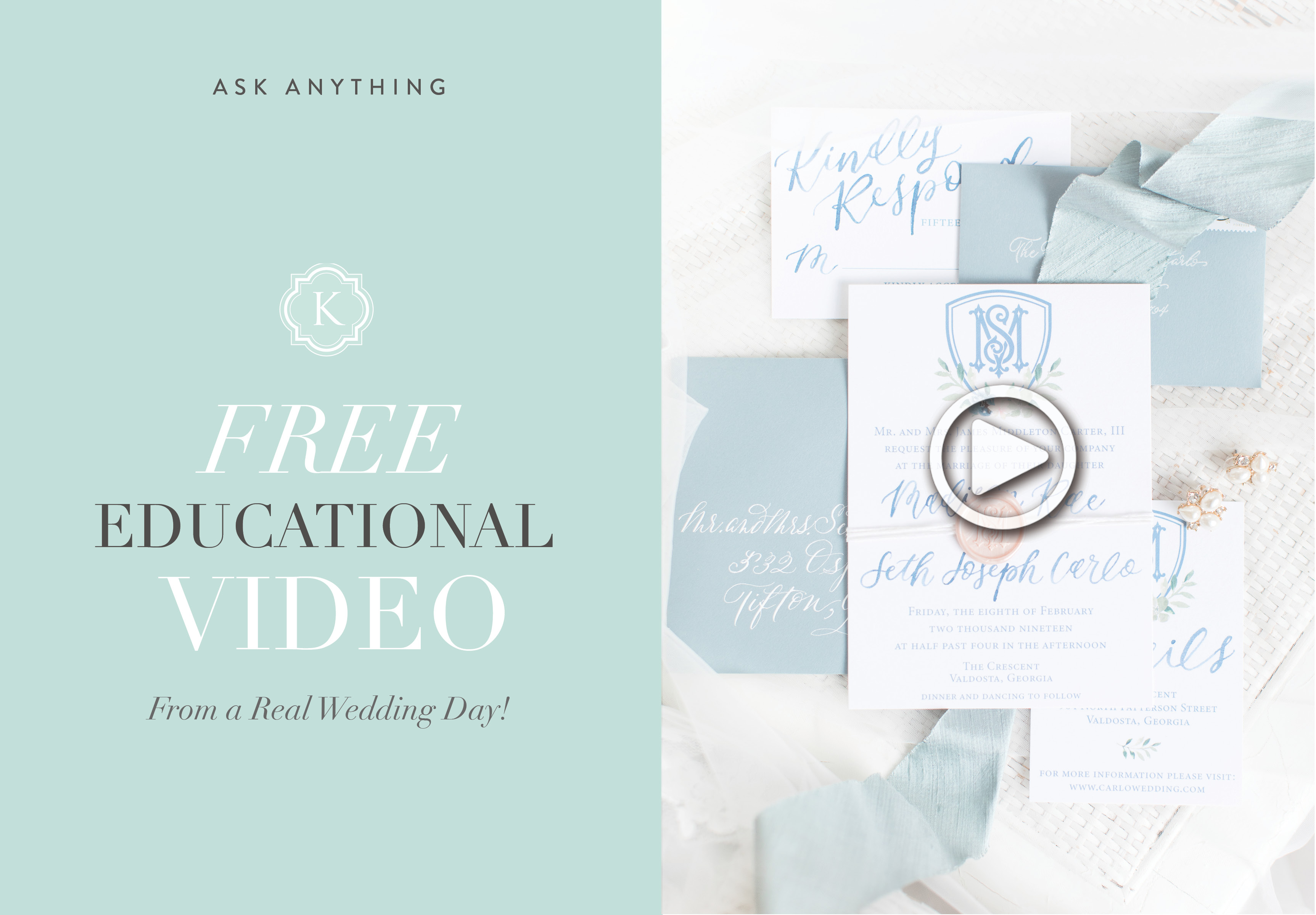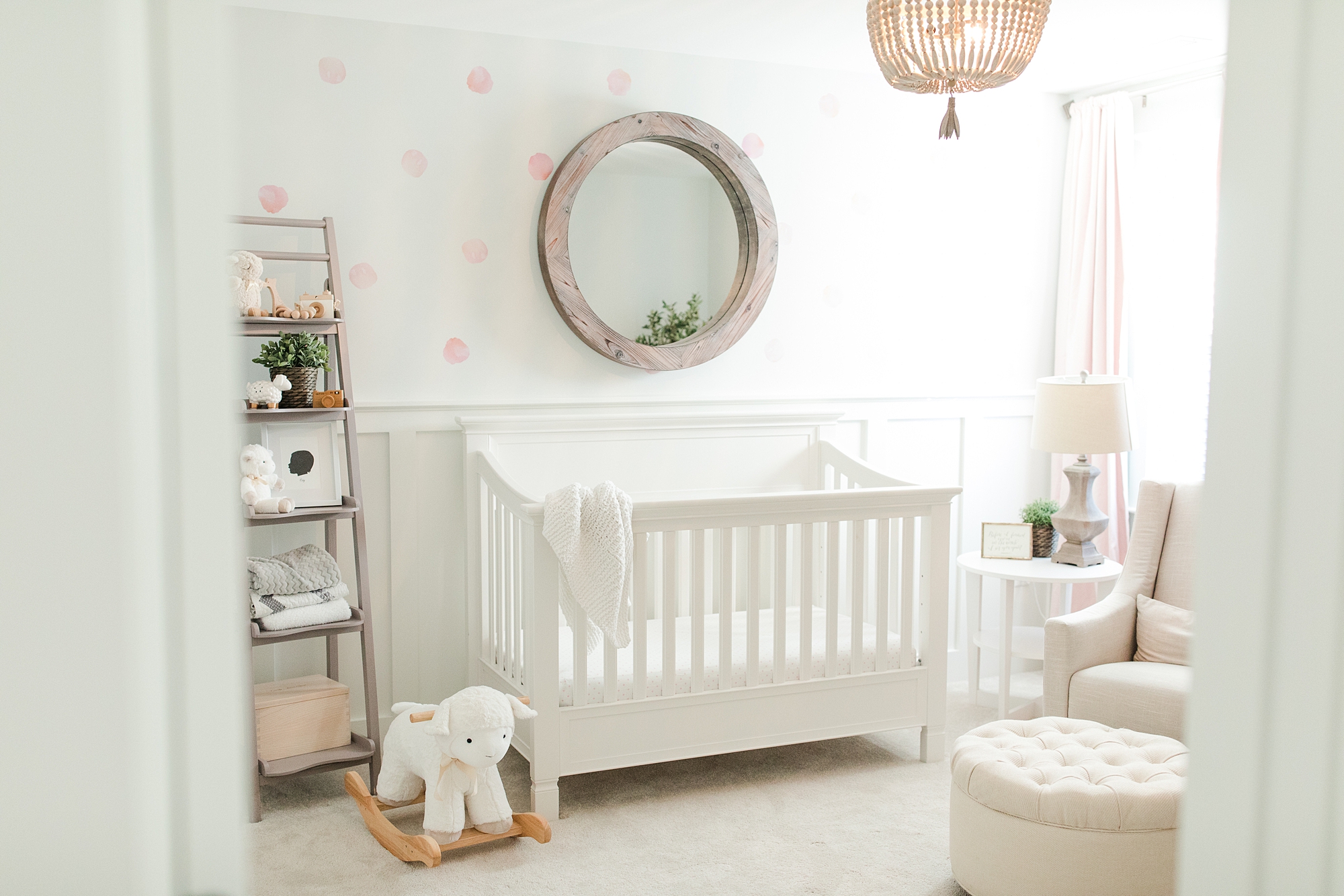
This is not a technical review filled with specs, but rather a practical perspective on how the R6 Mark II performs in everyday photography situations!
Familiarity and Comfort
One of the most significant advantages of the R6 Mark II is its familiarity. Transitioning to this camera felt seamless. Unlike the major shift that came with moving from a DSLR to the original R6, the Mark II retained enough of the feel and functionality that made it comfortable to use right away. This is crucial for photographers who rely on their gear to perform consistently without the anxiety of learning a new system on the fly.
Enhanced Speed and Sharpness
As photographers, we’re always seeking sharper and faster images, and the R6 Mark II delivers on this front. Others have said that the camera locks focus quicker and captures more crisp images, even in motion. This increased efficiency is invaluable during events like weddings, where timing is everything. The improvements in focus speed help ensure that crucial moments are captured with clarity.
Eye Detection Feature
The eye detection feature on the R6 Mark II has also seen notable improvements. Many photographers find themselves using this feature more frequently, as it allows for precise focus on the subject’s eyes, enhancing the overall quality of portraits and candid shots. The ability to switch between eye detection and traditional AF point selection provides flexibility, allowing photographers to choose the best method for the situation at hand.
Battery Performance
Despite the numerous positives, there are a few aspects of the R6 Mark II that have raised concerns among users. One notable issue is battery life. Photographers have reported using more batteries than usual during long shooting sessions. On a wedding day, it was common to go through one extra battery compared to prior experiences with the original R6. This increase in battery consumption can be a hassle, especially when photographers are accustomed to longer-lasting power.
Battery Warning System
Another related concern is the battery warning system. I have noticed that the R6 Mark II provides little to no warning before the battery dies. Unlike the previous model, which gave ample warning, the new version can simply shut off without notice. This can lead to missed shots if you’re not prepared with backups!
Memory Cards and Workflow Adjustments
When it comes to memory cards, the R6 Mark II allows for simultaneous recording of RAW and JPEG files. However, users have experienced slowdowns when using slower cards, especially during fast-paced shooting. It’s essential to ensure that all memory cards used are of high speed to maintain optimal performance. This adjustment in workflow can initially disrupt the efficiency that photographers are used to.
Color Tint Observations
Some users have noticed a slight yellow tint in the images captured with the R6 Mark II. While not overly pronounced, this difference in color can be an adjustment for those who are particular about their white balance settings. It’s a minor issue but one that requires attention during post-processing to ensure consistency across different camera bodies.
Power Button Placement
I have not loved the power button’s new location comparing it to the R6! Moving the power button to the right side of the camera has led to accidental switches into video mode during critical moments. This change can be particularly annoying for photographers who rely on muscle memory from previous models. Adjusting to this new layout has proven challenging, and many hope for a return to the previous placement in future iterations.
Final Thoughts
While there are some minor annoyances, particularly regarding battery life and button placement, the positives far outweigh the negatives. Photographers can expect faster, sharper images with an enhanced focus system that makes capturing fleeting moments a breeze.
If you’re considering upgrading to the R6 Mark II or transitioning from a DSLR, these insights should help you decide. Happy shooting!
If you want to see this in action, watch the video below!
Also, if you like what you see, you can literally watch me photograph 100’s of wedding and portrait sessions by joining our KJ All Access membership for only $29/month!! Want a look at more? Try it HERE!
Have you seen some of our most popular youtube episodes?
We release brand new Youtube episodes every other week! They range from business topics, personal episodes, gear reviews, technical training and behind the scenes education! If you’ve never explored this part of our photography education, dive in now! It’s free!! Enjoy!
If you want to save this for later, Pin It!!

Thanks for reading!
— Katelyn
MORE RECENT POSTS

This week, Michael is sitting down with me at the microphone to join me on the podcast! When we started our Acton Academy journey, we had big dreams and very little idea of the practical challenges that lay ahead. Today, in year three of running our own Acton Academy, Michael and I are thrilled to reflect on the incredible transformation we’ve seen in our learners, our community, and even our own perspectives on education.
Photography is an art that thrives on creativity and technique. If you don’t have the basics of lighting and posing down, this tip won’t work- but if you’re looking to elevate your style, this is for you!!


In this episode of “Doing Life Differently”, I sat down with my friend Catherine Guidry, a luxury wedding photographer and educator, to discuss the challenges and rewards of personal branding. Cat and I dug deep into how sharing more of ourselves—while still maintaining boundaries—can transform our businesses, relationships, and personal lives.

This is not a technical review filled with specs, but rather a practical perspective on how the R6 Mark II performs in everyday photography situations!
I had the pleasure of chatting with Erica and Jon, two incredibly talented photographers and educators who have redefined their business and life by embracing change. From leaving a corporate career to transforming their wedding photography business into a thriving brand photography venture, their story is full of inspiration for anyone looking to take bold steps and live life on their own terms.


I run a Facebook group with over 20,000 photographers, and something I see constantly are people sharing their editing struggles, asking for critiques, or seeking advice on how to fix issues in Lightroom.
